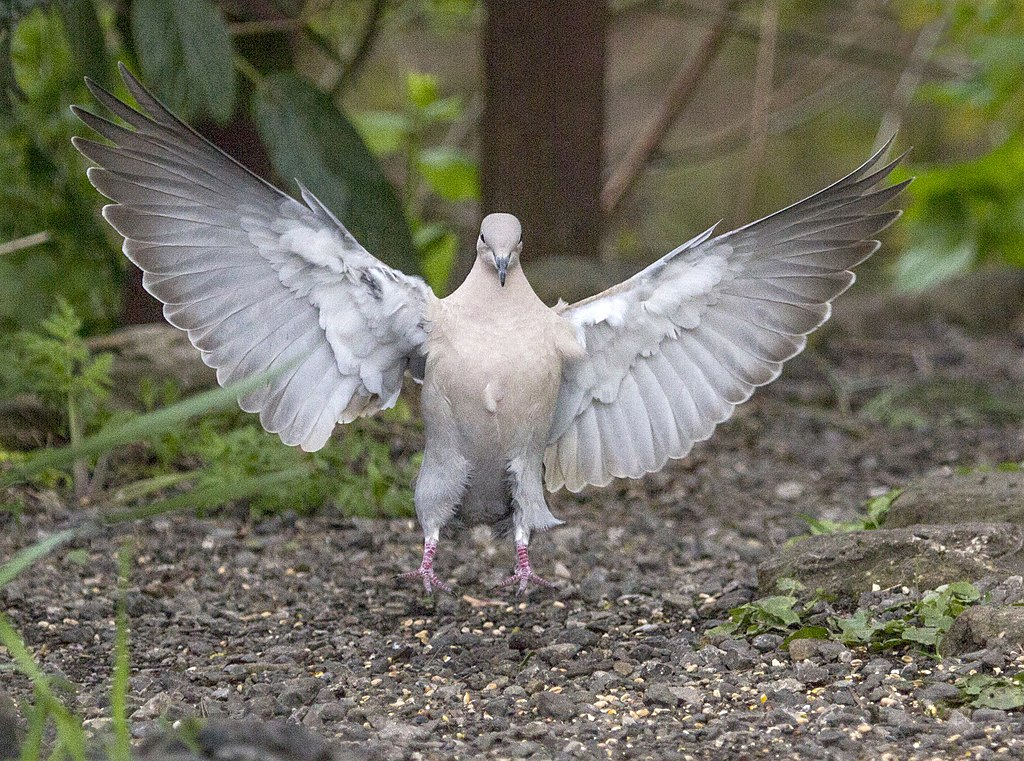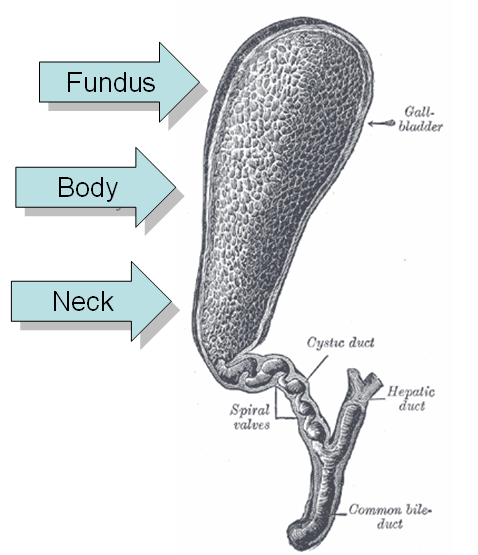Tag: Gallbladder
-

Columbidae anatomy and physiology notes
Overall, the anatomy of Columbidae is characterized by short legs, short bills with a fleshy cere, and small heads on large, compact bodies. Like some other birds, the Columbidae have no gall bladders. Some medieval naturalists concluded they have no bile (gall), which in the medieval theory of the four humours explained the allegedly sweet disposition of doves. In fact, however, they do have bile (as Aristotle had…
-

Bārûtu, the “art of the diviner”
The Bārûtu, the “art of the diviner,” is a monumental ancient Mesopotamian compendium of the science of extispicy or sacrificial omens stretching over around a hundred cuneiform tablets which was assembled in the Neo-Assyrian/Babylonian period based upon earlier recensions. At the Assyrian court, the term extended to encompass sacrificial prayers and rituals, commentaries and organ models. The ikribu was the name of collections of incantations to accompany the extispicy.…
-

Phrygian cap (anatomy)
In medicine, a Phrygian cap is the folded portion of some gallbladders that resembles the Phrygian cap (a soft conical cap with the top pulled forward, associated in antiquity with the inhabitants of Phrygia, a region of central Anatolia). It is a normal anatomical variant seen in 1-6% of patients. It is caused by a fold in the gallbladder where the gallbladder fundus joins the gallbladder body. Apart from the…
NOTES
- 🧬 Disease Table with Low Sodium Connection
- 🧂 Sodium Reduction and Sodium Replacement: A History of Reformulation and Exploding Diseases, Including Many Diseases Unheard of Before Deadly Sodium Policies
- 🧂 The DEADLY 1500 mg Sodium Recommendation predates the WHO’s formal global sodium reduction push by nearly a decade (and it’s even worse than that)
- 🧬 What Is Beta-Glucuronidase?
- When Sugar Was Salt: Crystalline Confusion and the Covenant of Sweetness
Tags
ADAM ASPARTAME Birds Blood Bones Brain Bugs Cancer Columba Cows crystallography Death Death cults Eggs Etymology Gastrin Gold Growth hormone History Hormones Insulin Liver Mere Perplexity Metal Monkey Business Mythology Paracetamol Plants Poison Pregnancy Protein Religion Reproduction Rocks Salt Slavery Snakes Sodium the birds and the bees Thiocyanate Tobacco Tylenol Underworld Venom zinc

